Rising senior Brooke Caruthers is majoring in Molecular and Cellular Biology with minors in Marine Science and French in addition to Astrobiology. Brooke plans to earn a Ph.D. and pursue astrobiology research related to microbiology either at NASA or another academic institution. Brooke is passionate about the amazing chemical complexity that is biology, but wanted to learn more about how biology interacts with, and is affected by, other processes in order to understand the potential for life elsewhere. She found that the astrobiology minor was the perfect way to take courses on material outside the norm for her major and to interact with other students and professors from various departments. "Plus," Brooke says, "astrobiology allows me to pursue the most fun questions of all, where did we come from and are we alone?" The astrochemistry course taught by Regents Professor Lucy Ziurys has been Brooke's favorite class because she learned about molecular spectroscopy and the formation of stars and because she was able to visit the 20m radio telescope at Kitt Peak National Observatory.
Brooke has been working with the Kacar Lab, which recently moved from the UArizona to the University of Wisconsin-Madison, in reconstructing ancient proteins to study the evolution of life on a molecular scale. Brooke will soon begin her senior thesis on a climate science GIS mapping project with LPL Professor Amy Mainzer.




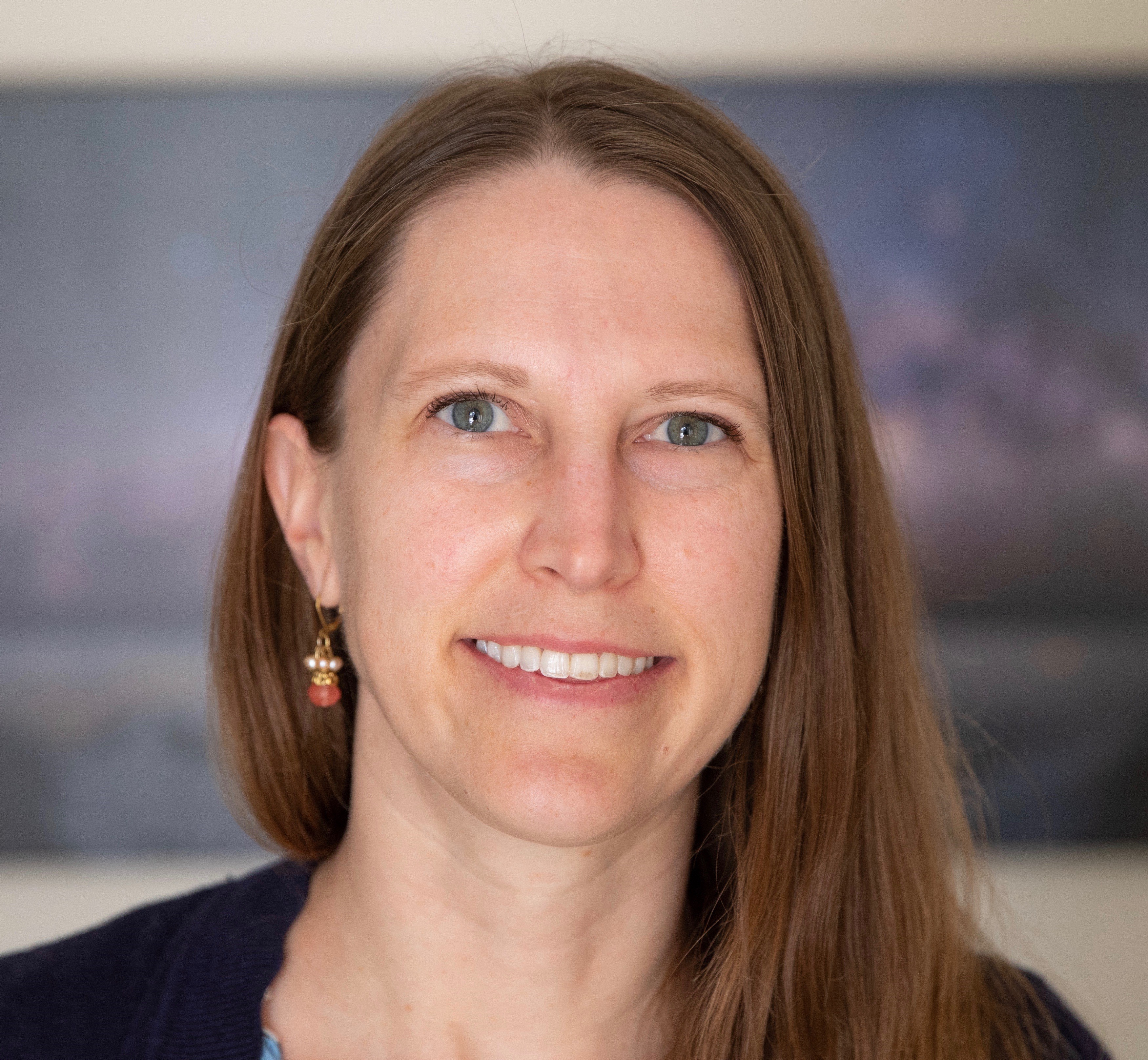 Professor Heather Knutson
Professor Heather Knutson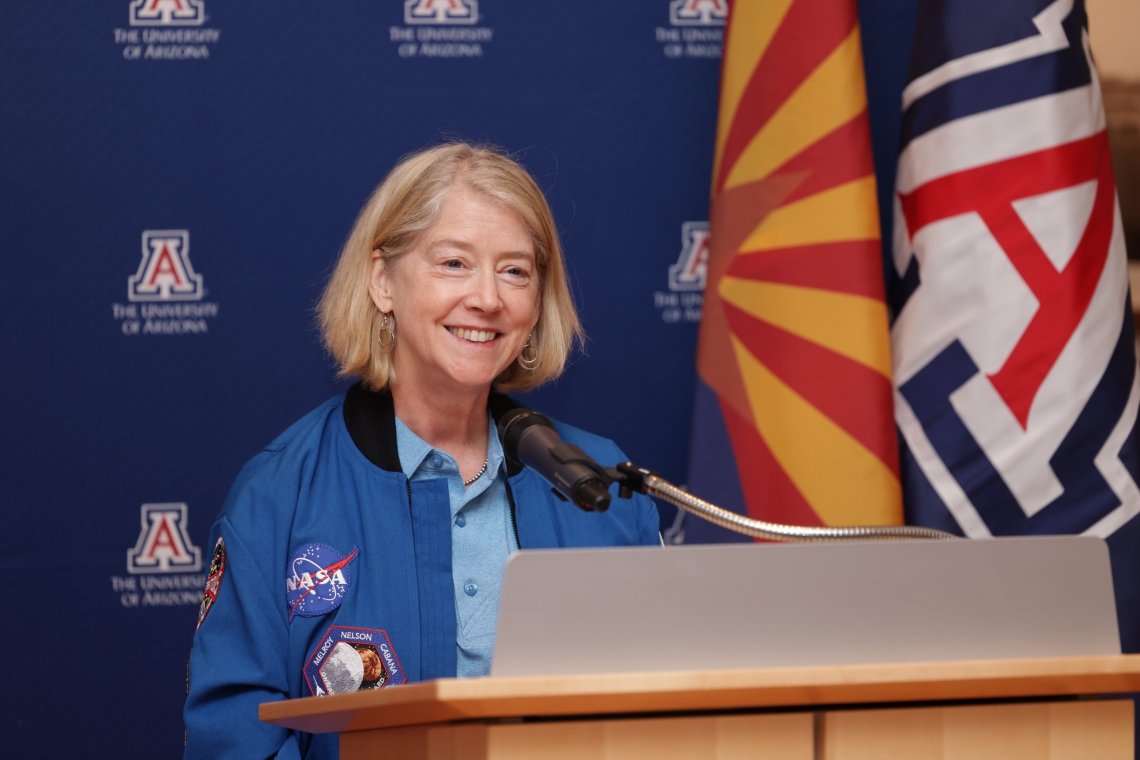
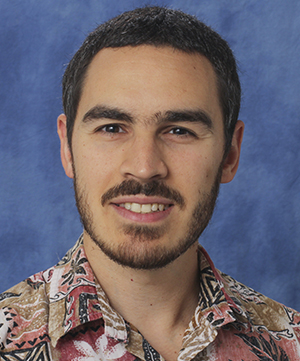 Dr. Stefano Nerozzi
Dr. Stefano Nerozzi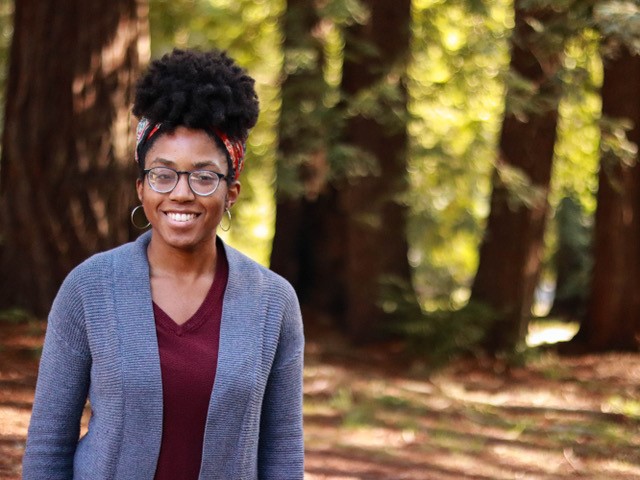 Brittany Miles has been named a
Brittany Miles has been named a 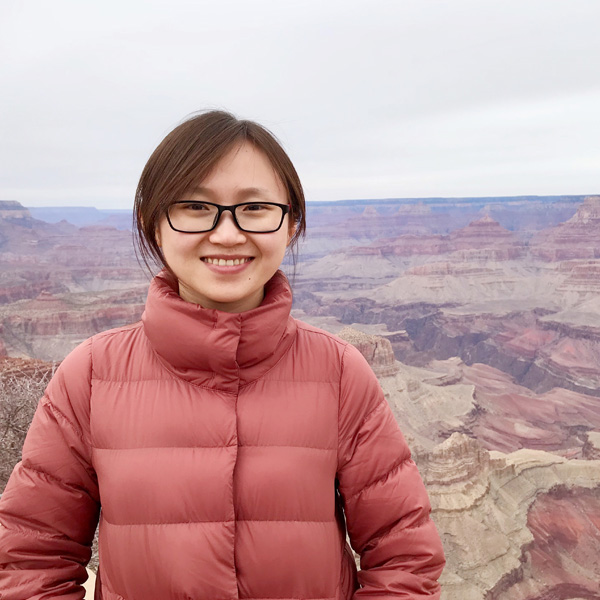 Dr. Feng Long is a Sagan Fellow (
Dr. Feng Long is a Sagan Fellow (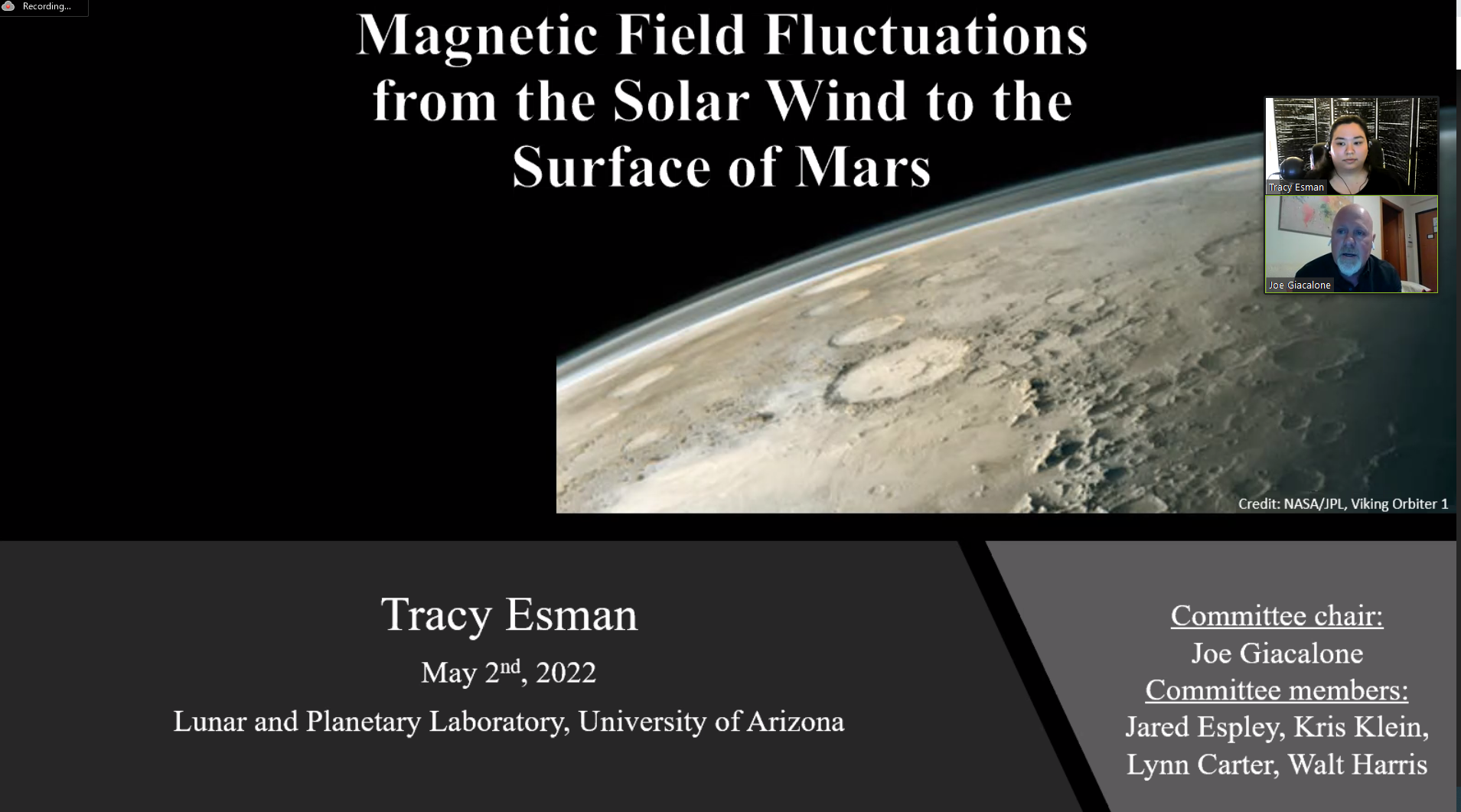
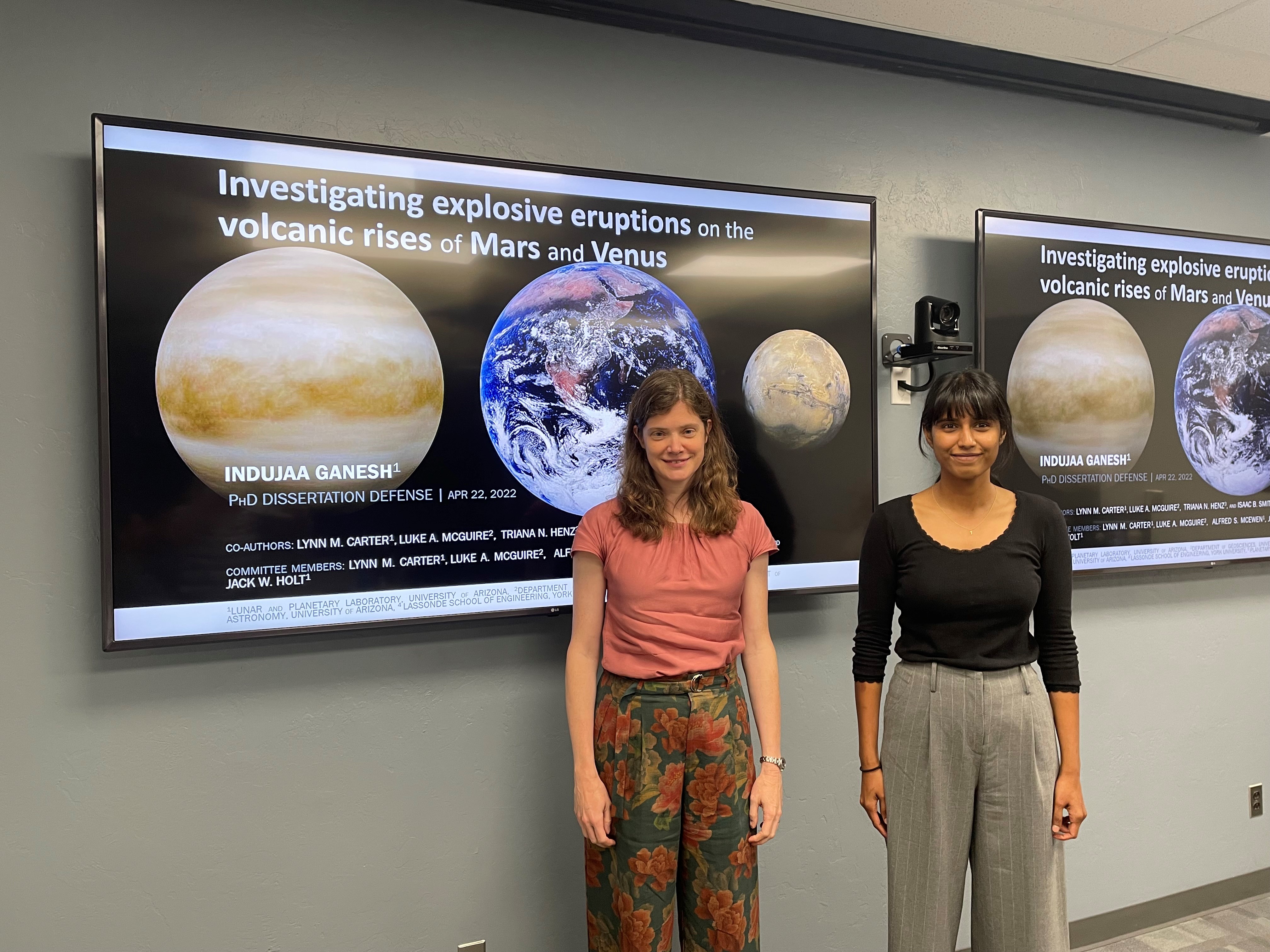 April 22, 2022
April 22, 2022
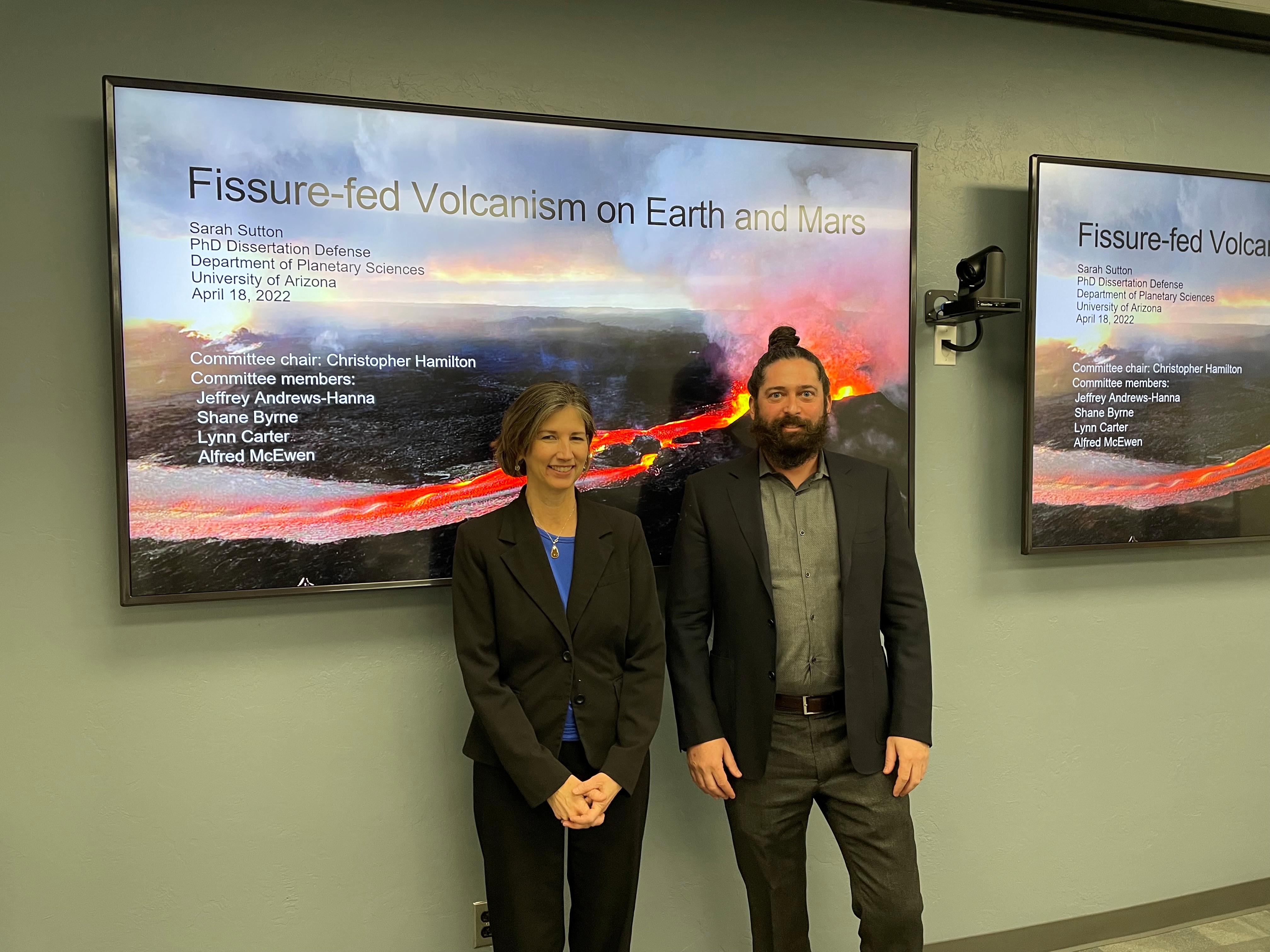 April 18, 2022
April 18, 2022